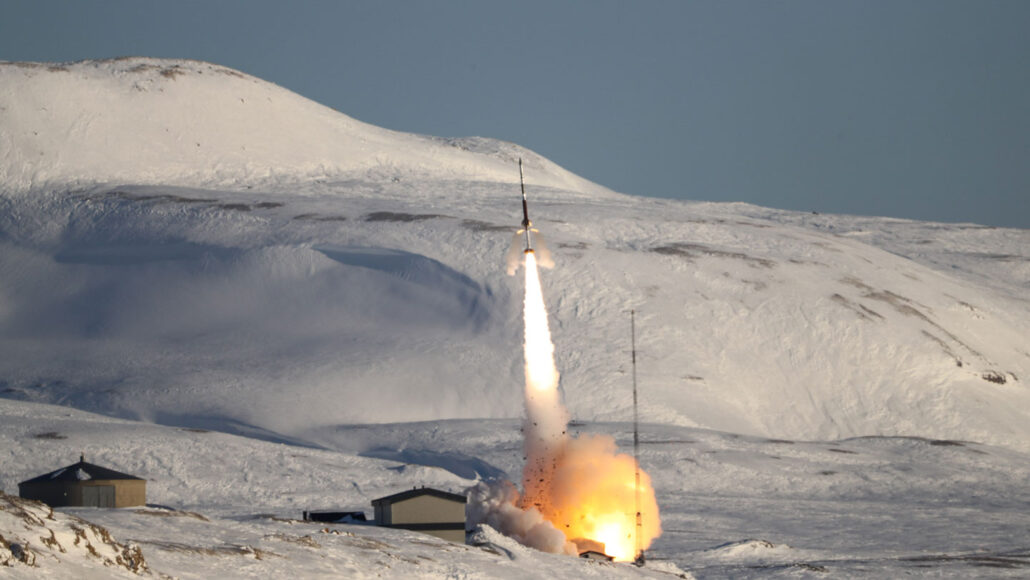Questions for ‘It’s electric! Long-sought new field found in Earth’s atmosphere’

A sounding rocket called Endurance is shown launching from Svalbard, Norway in May 2022. Tools on board it were at last able to measure the faint but powerful electric field in Earth’s atmosphere.
Brian Bonsteel/NASA